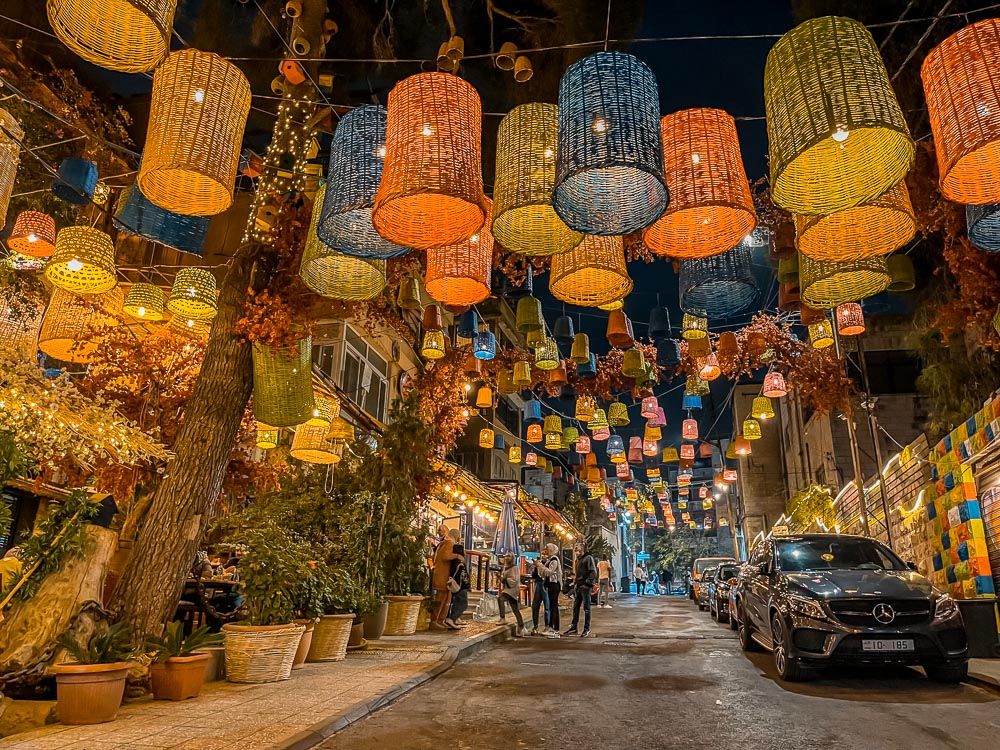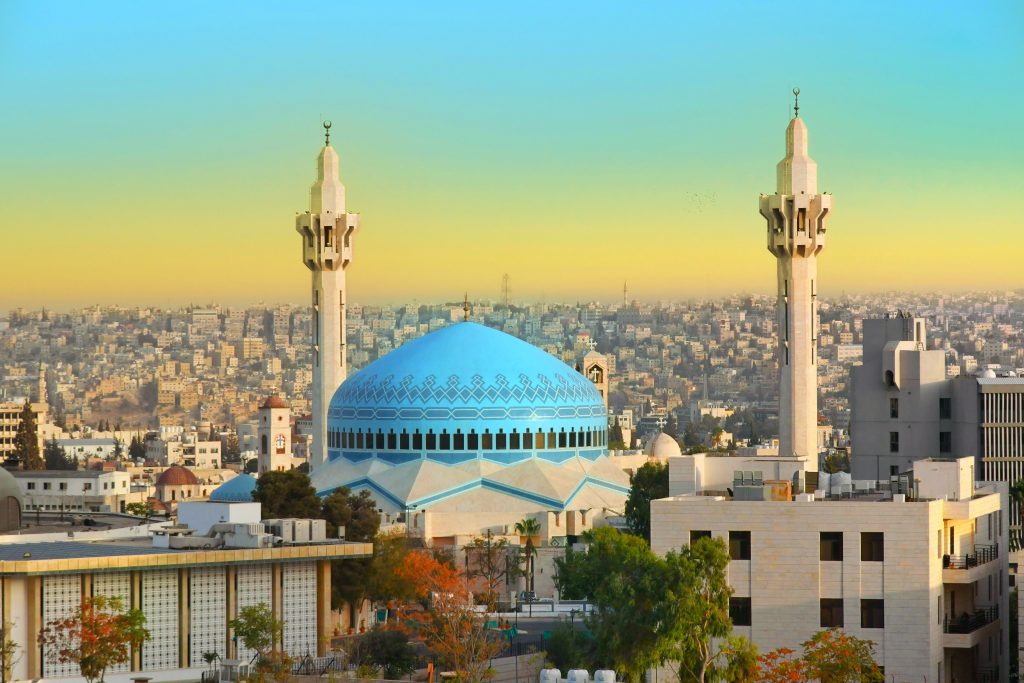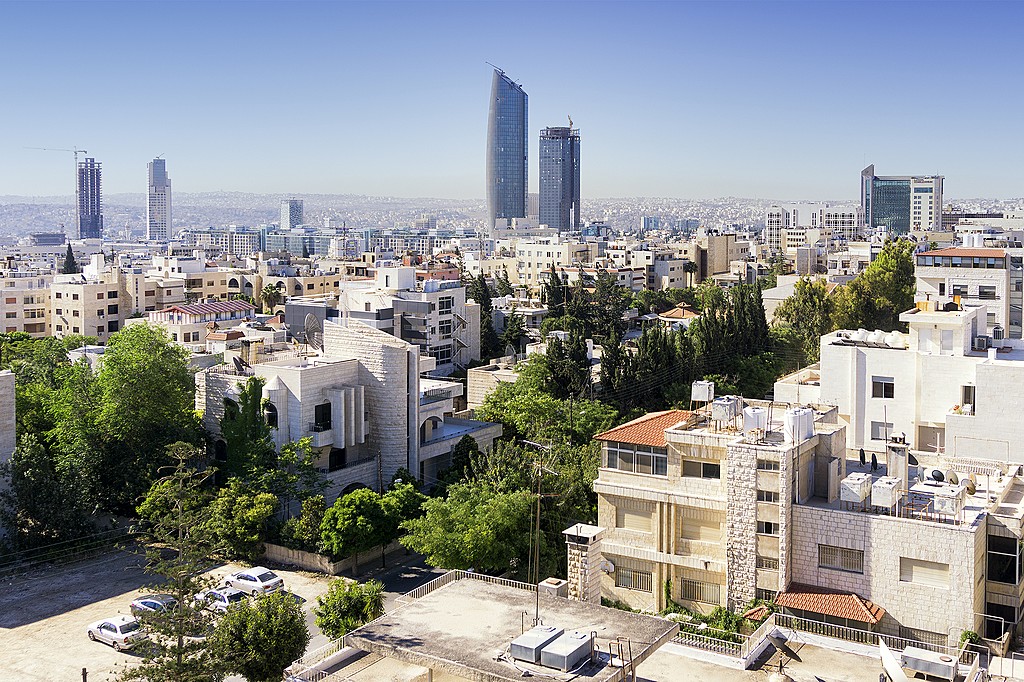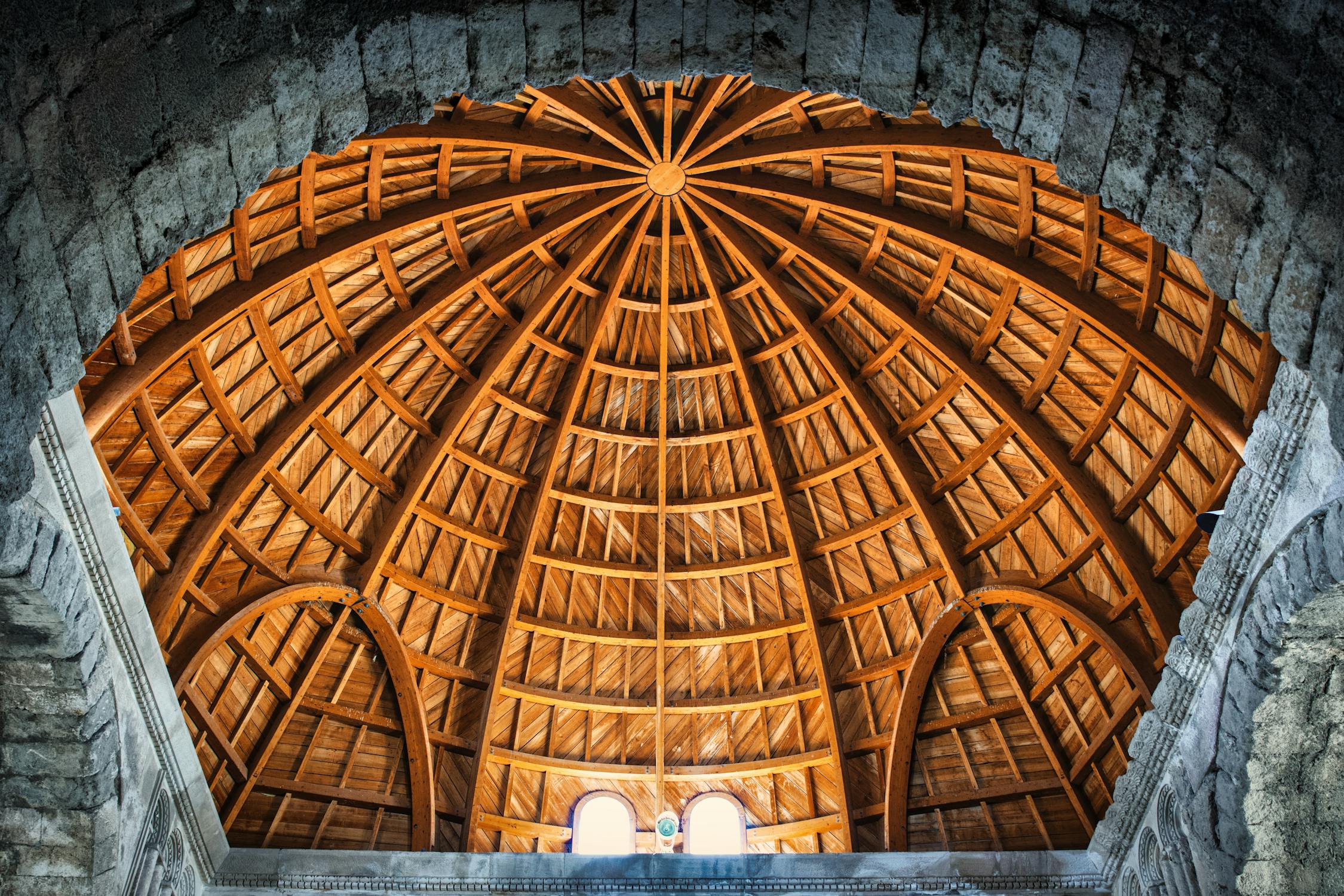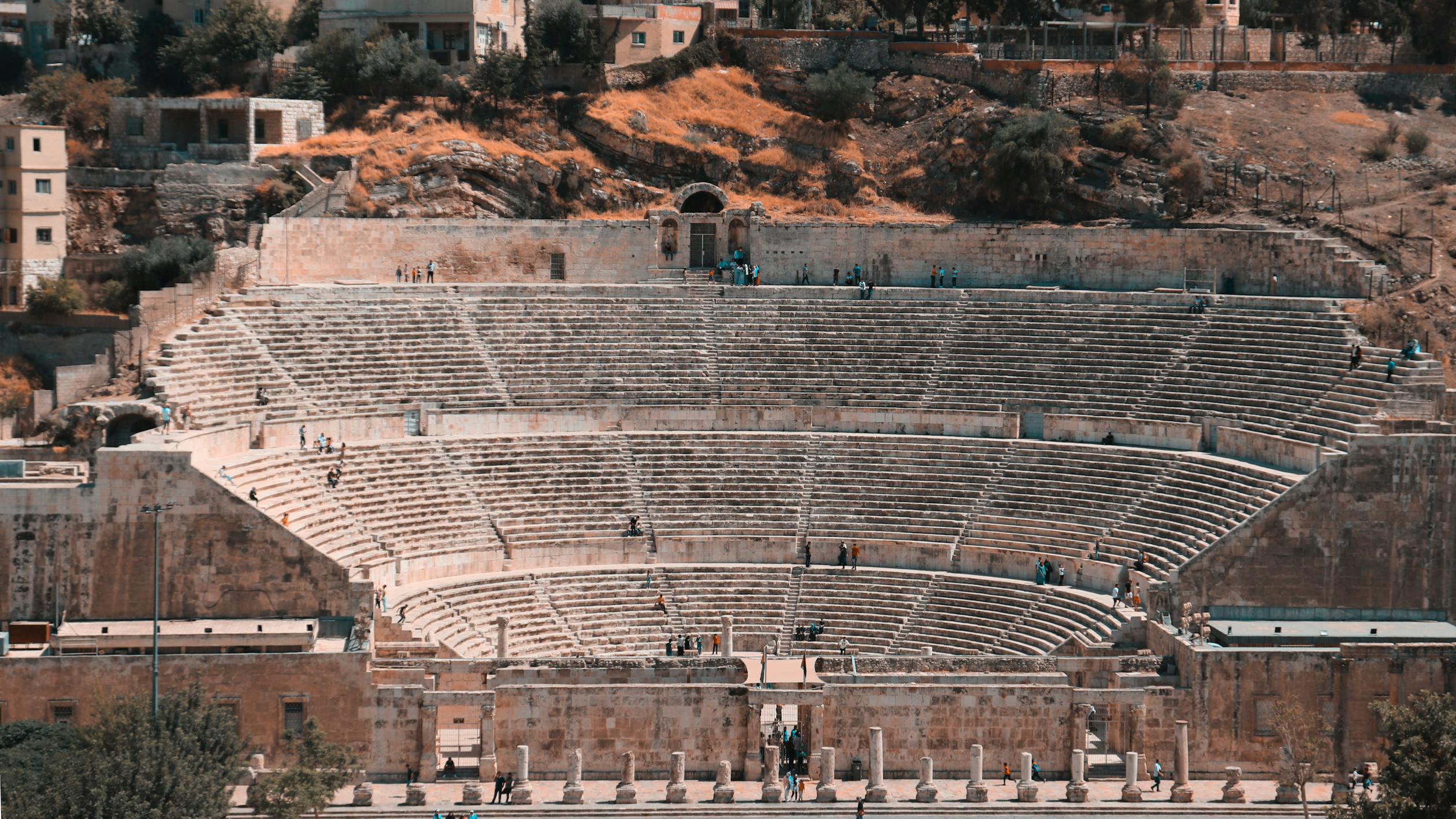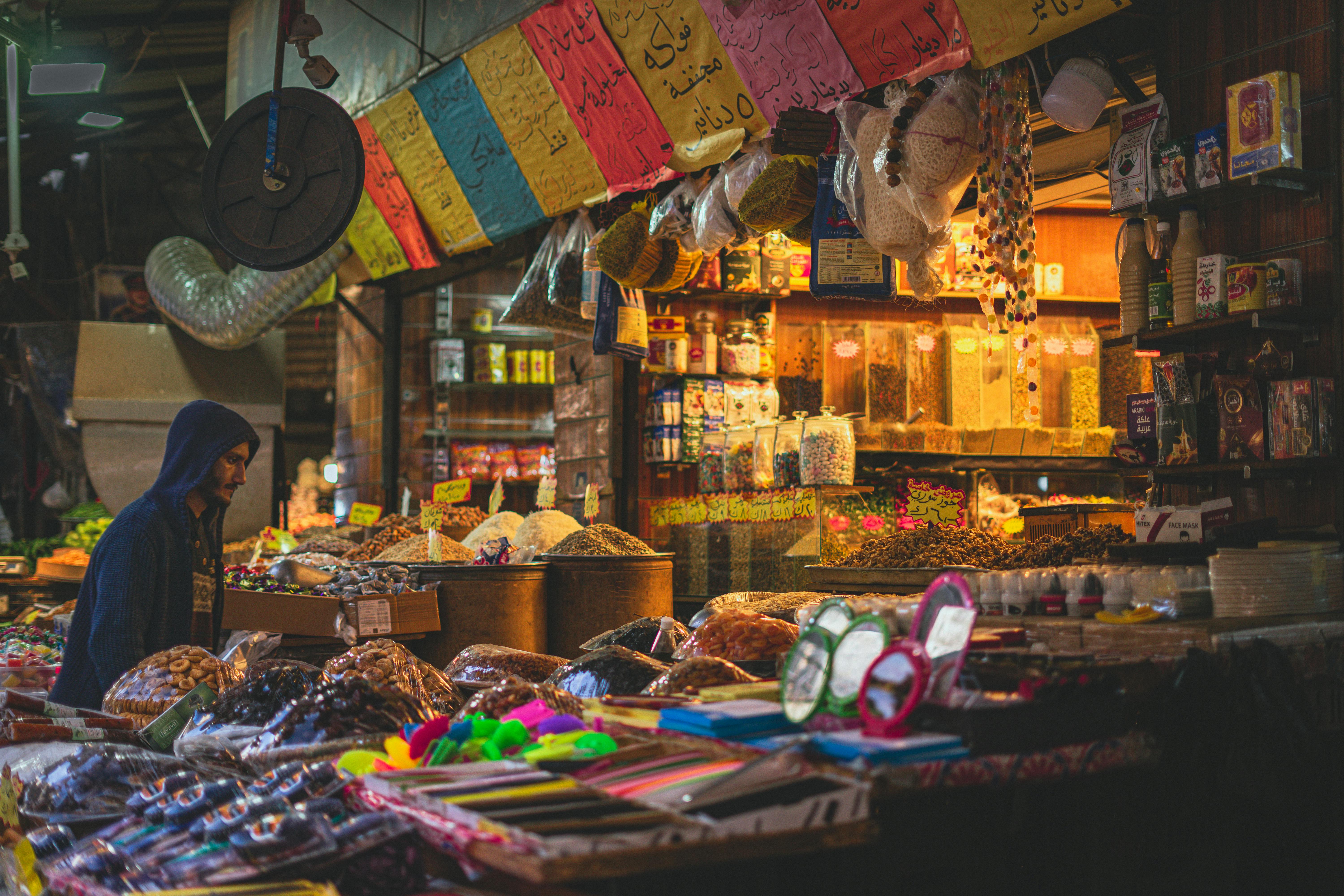HALF DAY TOUR AMMAN
Amman is the capital and largest city of Jordan, known for its mix of modernity and history. It's built on seven hills (now expanded to many more), giving it a unique landscape with rolling streets and stunning viewpoints. The city is a major economic, cultural, and political hub in the region.
Amman is famous for landmarks like the Amman Citadel, which has ancient ruins from the Roman, Byzantine, and Umayyad periods, and the Roman Theatre, a massive amphitheater from the 2nd century AD. The city also has a lively downtown (Al-Balad) with traditional souks, while areas like Abdoun and Jabal Amman showcase trendy cafés, restaurants, and shopping centers.
The food scene is amazing, with dishes like mansaf (Jordan's national dish), falafel, and kunafa being must-tries. Plus, the city is known for its hospitality—locals are warm and welcoming to visitors.
Tour Description
Amman, the capital and largest city of Jordan, is a vibrant metropolis that blends ancient history with modern development. Located in the north-central part of the country, Amman is known for its rich cultural heritage, diverse architecture, and bustling city life. The city sits on a series of hills, offering picturesque views and a mild Mediterranean climate with hot, dry summers and cool, rainy winters.
History and Heritage
Amman has a long history dating back to ancient times. It was originally known as Rabbath Ammon, the capital of the Ammonite kingdom in the 13th century BCE. Later, it became part of the Greek and Roman Empires, known as Philadelphia during the Hellenistic period. The city's Roman influence is still visible today, with landmarks such as the **Roman Theater**, a well-preserved amphitheater that once seated 6,000 spectators.
During the Islamic period, Amman played a role in trade and military movements but remained relatively small until the late 19th and early 20th centuries when it grew into the modern capital of Jordan.
Cultural and Modern Attractions
Amman is a hub of culture, arts, and entertainment. Some key attractions include:
- The Citadel Jabal al-Qal'a – An ancient site that includes ruins from the Roman, Byzantine, and Umayyad periods, including the **Temple of Hercules** and the Umayyad Palace.
- The Jordan Museum – Showcasing Jordan’s archaeological treasures, including the Dead Sea Scrolls.
- Rainbow Street – A lively area filled with cafes, art galleries, and cultural spots, popular among locals and tourists.
- King Abdullah I Mosque – A stunning blue-domed mosque that welcomes visitors interested in learning about Islamic culture.
Economy and Lifestyle
Amman is Jordan's economic and political center, home to government offices, multinational corporations, and financial institutions. The city has a thriving business sector, modern shopping malls, and traditional markets like Souq Al-Bukharia, where visitors can experience local crafts, spices, and textiles.
The lifestyle in Amman varies from modern luxury in areas like Abdoun and Dabouq, to historic neighborhoods such as Jabal Al-Weibdeh, known for its artistic and bohemian atmosphere.
Cuisine
Amman offers a delicious culinary experience, reflecting Jordanian and Levantine flavors. Popular dishes include:
- Mansaf – Jordan’s national dish, made of lamb, rice, and jameed (fermented yogurt).
- Falafel & Hummus** – Traditional street food available in many local eateries.
- Kunafa – A sweet cheese pastry soaked in syrup, widely enjoyed for dessert.
Transportation and Connectivity
The city has a growing transportation network, including taxis, buses, and ride-sharing services. Queen Alia International Airport connects Amman to major international destinations, making it a gateway to the Middle East.
Conclusion
Amman is a dynamic city where ancient ruins stand alongside modern skyscrapers. Whether exploring its rich history, indulging in delicious cuisine, or enjoying its vibrant nightlife, Amman offers a unique blend of tradition and modernity, making it a fascinating destination for visitors and a thriving home for its residents.

